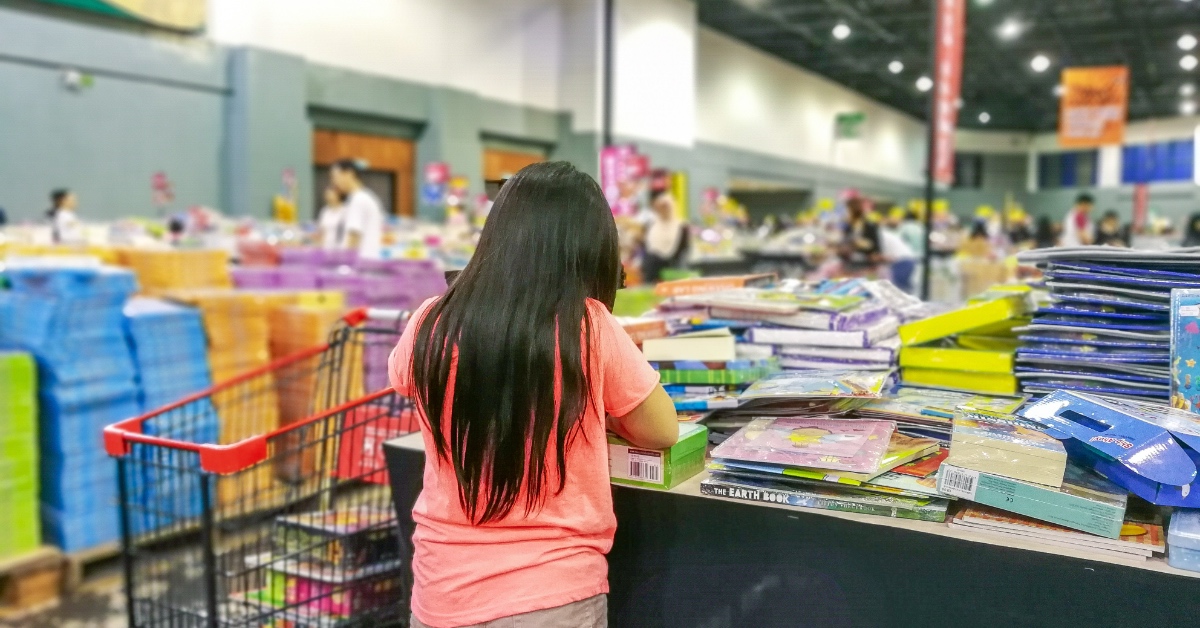
Homeschooling is appealing to many of us because it frees us to be creative, to have fun, to play more and to learn through discovery.
As much fun as this sounds, it’s also easy to become quickly overwhelmed. Pinterest is full of fun ideas, and bloggers around the internet share hands-on activities.
You don’t have to craft something elaborate to incorporate play and discovery into your homeschool. It’s much easier than that.
5 Ways to Incorporate Play & Discovery into Learning
1) Go Outside
Nature has a wonderful way of sparking a child’s creativity. Set a goal to spend at least a little bit of time outdoors each week. You can bring your curriculum outside, and do lessons under a shady tree, or, you can leave the books at home and let nature be the teacher.
Give your child a blank journal and some colored pencils and let them explore. Don’t push them to draw or write, just make it available to them. Get yourself a journal as well, and set the example for your children. Draw the plants and flowers you see. Draw and write about birds and bugs. Let your imagination run wild.
2) Get Active
Do your kids ever get frustrated with their school work? If you find yourself sitting at the table with a child who is feeling overwhelmed, close the books, and get moving.
With younger children, you can practice many of the things they need to know while jumping on a trampoline or passing a ball back and forth. Practice math facts, segmenting words, or telling stories as you get active.
With older kids, plan active breaks between subjects. Finished math? Go ride your bike for 20 minutes, or play basketball outside before starting the next subject.
3) Encourage Creativity
Provide your child with art materials and have them create something! They can make their own board games to go along with their lessons, illustrate something they read, invent something, map something . . . just provide them with the supplies they need and let them explore!
4) Use Manipulatives
Incorporate manipulatives into your curriculum. Some programs (like Math U See) have manipulatives built in, and they can help kids visualize concepts. You can also use manipulatives in other subjects – build words with tiles for spelling, use modeling clay to understand science concepts, and act out historical stories with plastic figures.
5) Take a Step Back
When all else fails, take a step back. Kids are often much more creative and energetic than we are as parents. If you are struggling to find ways to bring more play into your homeschool, ask your kids for ideas!
About the Author
Heather Aliano is a homeschooling mom of four wild and wonderful kids. She’s an accidental homeschooler, who started homeschooling when her family received military orders overseas, and six years later is still going. You can follow along with her adventures, and find free and fun to use printable homeschooling resources at Only Passionate Curiosity.

Homeschooling 101 eBook
No one knows your child better than you. We trust parents, and we want you to have the confidence to make the right decision for your situation.
We have compiled this eBook to help you through your decision. You’ll learn:
- The History of homeschooling
- How to find your state’s homeschool laws
- The different styles of homeschooling
- Tips from both professionals and veterans
- Where to find practical and inspirational resources to improve your homeschool experience
Enter your information below, and we will email the eBook to you right away.




Leave a Reply